GENEVA – ITU’s flagship annual Measuring the Information Society Report, released on November 22, shows that the world is getting more and more connected and reveals that there are still huge investment opportunities for the private sector in ICT to connect the unconnected.
The Measuring the Information Society Report is widely recognised as the repository of the world’s most reliable and impartial global data and analysis on the state of global ICT development and is extensively relied upon by governments, international organizations, development banks and private sector analysts and investors worldwide.
“To bring more people online, it is important to focus on reducing overall socio-economic inequalities,” said ITU Secretary-General Houlin Zhao. “Education and income levels are strong determinants of whether or not people use the Internet. ICTs will be essential in meeting each and every one of the 17 Sustainable Development Goals (SDGs), and this report plays an important role in the SDG process. Without measurement and reporting, we cannot track the progress being made and identify areas that require action, and this is why ITU gathers data and publishes this important report every year.”
The Republic of Korea tops the IDI rankings in 2016 for the second consecutive year. The top 10 countries of the IDI 2016 also include two other economies in the Asia-Pacific region, and seven European countries. Three island countries in the Caribbean – St Kitts and Nevis, Dominica, and Grenada – featured among the most dynamic countries with strong improvements in their IDI value and rank
“This year’s results show that nearly all of the 175 countries covered by the index improved their IDI values between 2015 and 2016,” said Brahima Sanou, Director of ITU’s Telecommunication Development Bureau, which produces the report each year.
[crp]
“During the same period, stronger improvements have been made on ICT use than access, mainly as a result of strong growth in mobile-broadband uptake globally. This has allowed an increasing number of people, in particular from the developing world, to join the information society and benefit from the many services and applications provided through the Internet.”
MEASURING MOBILE ADOPTION
Mobile phone adoption has largely been monitored based on mobile-cellular subscription data since these are widely available and regularly collected and disseminated by regulators and operators. At the end of 2016, there are almost as many mobile-cellular subscriptions as people on earth and 95% of the global population lives in an area that is covered by a mobile-cellular signal. However, since many people have multiple subscriptions or devices, other metrics need to be produced to accurately assess mobile uptake, such as the number of mobile phone users or mobile phone owners.
INTERNET POTENTIAL UNDERUSED
An increasingly ubiquitous, open, fast and content-rich Internet has changed the way many people live, communicate, and do business, delivering great benefits for people, governments, organizations and the private sector. However, many people are still not using the Internet, and many users do not fully benefit from its potential.








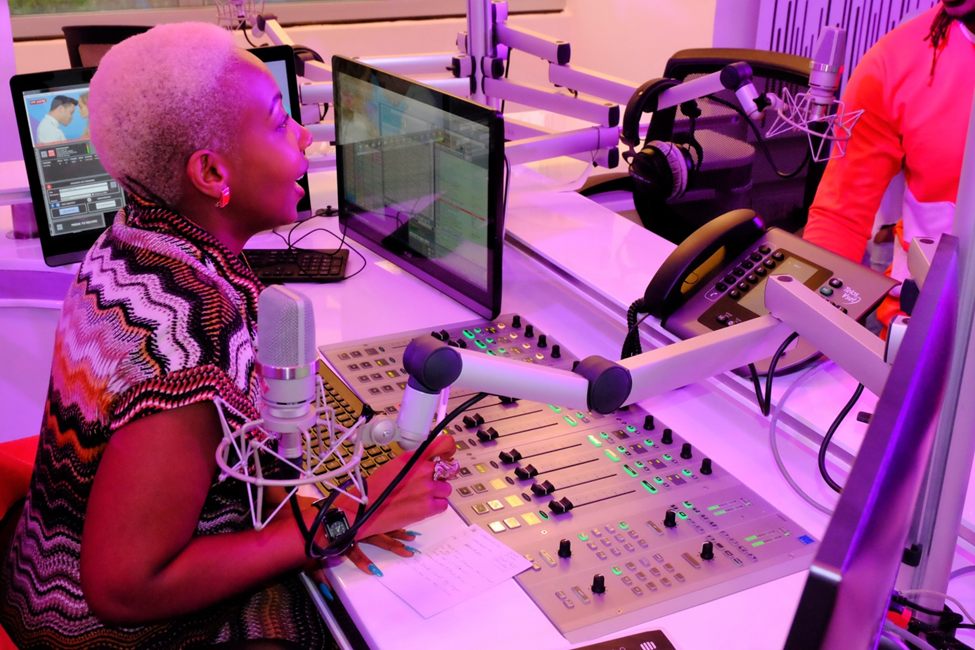






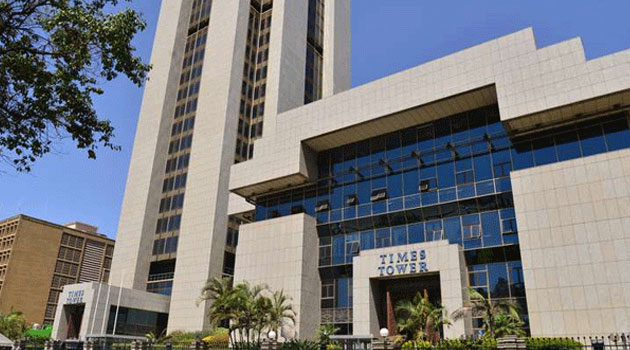




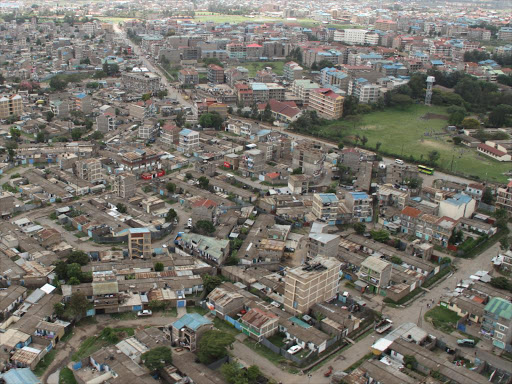




























![Pula Co-Founders and Co-CEOs, Rose Goslinga & Thomas Njeru. Pula provides agricultural insurance and digital products to help smallholder farmers manage climate risks, improve farming practices and increase their incomes. [ Photo / Courtesy ]](https://businesstoday.co.ke/wp-content/uploads/2021/01/Pula-Co-Founders-and-Co-CEOs-Thomas-Njeru-Rose-Goslinga.jpg)













































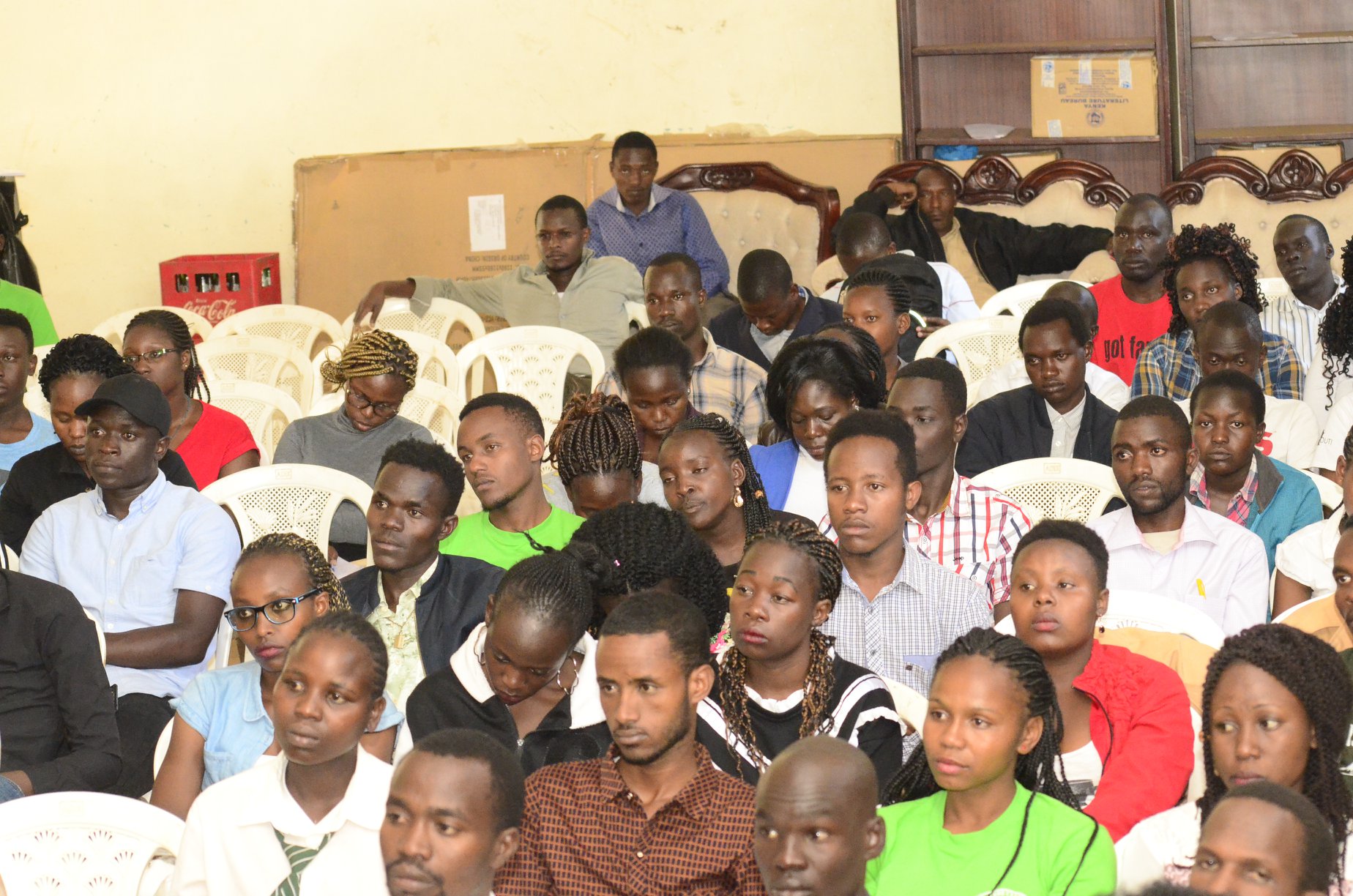




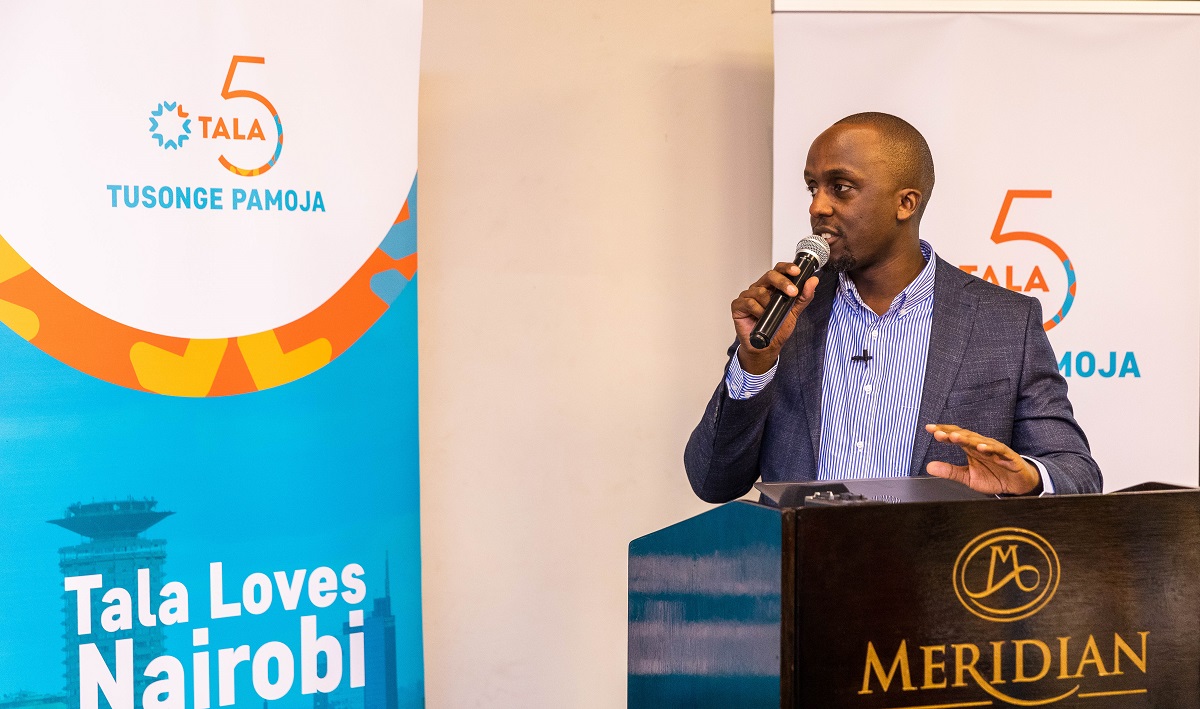








Leave a comment